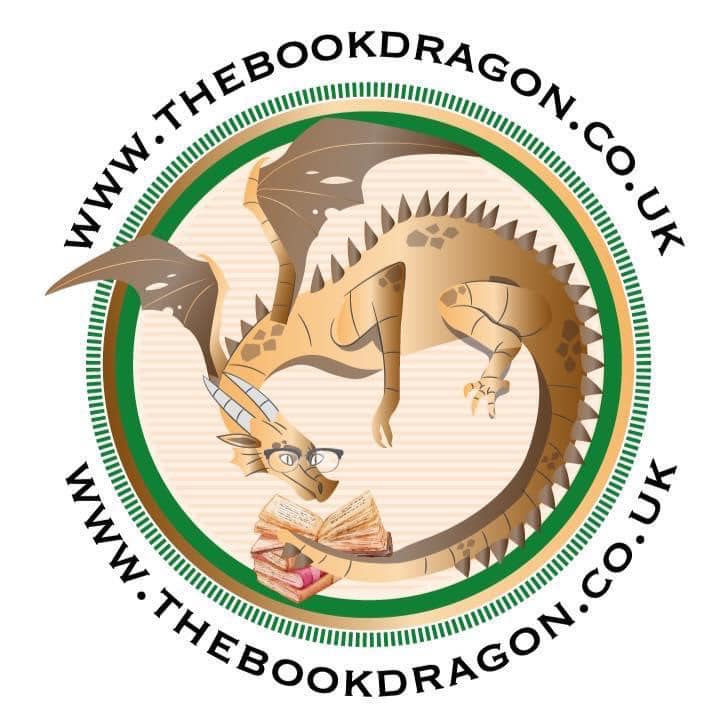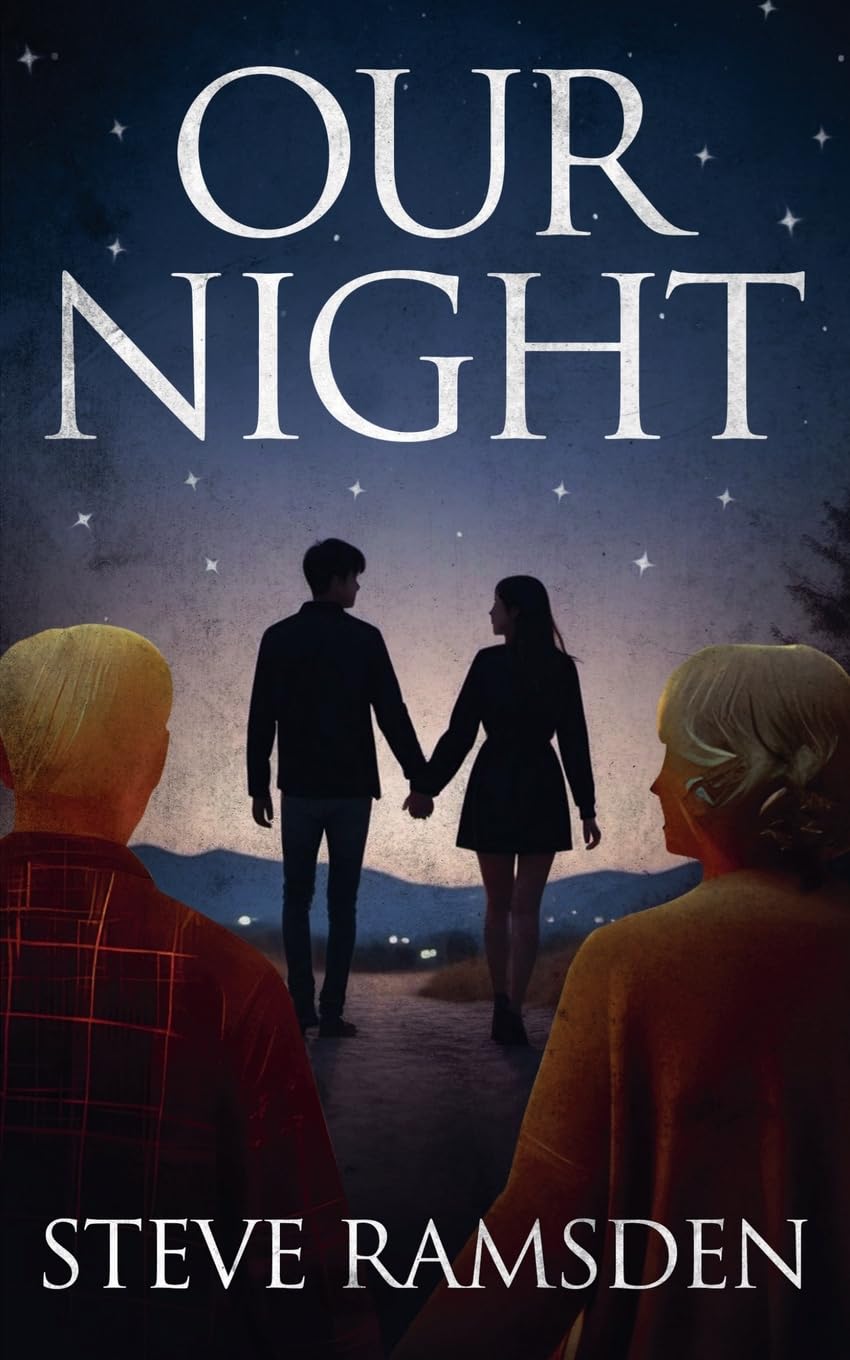Steve Ramsden’s debut novella, Our Night, is an endearing exploration of enduring love that weaves between past and present to tell the story of Matthew and Rosie Grey. Set against the vibrant backdrop of 1980s Britain, the narrative begins with one electric evening in a crowded pub where Matthew first locks eyes with Rosie—a moment that would spark a lifetime of love.
The story unfolds through a dual timeline structure, alternating between that magical night of their first meeting—complete with the energy of youth, pulsing music, and the intoxicating possibility of new love—and the present day, where Matthew sits beside his gravely ill wife. As their once-active life together has slowed to a quieter pace, those vivid memories of their beginning provide both comfort and a poignant contrast to their current reality.
The author’s narrative celebrates not just the power of first meetings but the endurance of lasting love through all of life’s seasons. The story captures how extraordinary connections can bloom in the most ordinary places, while exploring the friends who witness our most significant moments and the daily choice to love someone through whatever challenges arise. Our Night ultimately reminds us that true love isn’t just about the magical beginning, but about every day that follows—even when those days bring unexpected hardships.
This tender story serves as both a love letter to long-term commitment and a meditation on memory, showing how the past can sustain us through difficult present moments while honouring the full arc of a relationship from its passionate beginning to its tested endurance.
Overall I award 4 stars.
Character Development (4 stars) The author creates characters with strong emotional resonance. Matthew emerges as an authentic, engaging protagonist whose devotion and vulnerability feel genuine, while Rosie remains a vibrant presence through memory. The supporting characters add meaningful depth without overwhelming the central narrative.
Pace (4 stars) The novella maintains a well-structured narrative flow with balanced progression between past and present timelines. The steady, contemplative rhythm effectively builds tension through contrast, keeping readers engaged.
Dialogue (4 stars) Conversations feel natural and flowing with distinct character voices that reveal personality while advancing the plot. The dialogue successfully captures both the energy of young love and the subdued authenticity of present circumstances, incorporating effective subtext and emotional layers throughout.
Plot (4 stars) The dual timeline structure is executed with clear narrative direction and engaging story progression. While following some predictable elements, the plot demonstrates originality in finding extraordinary meaning within ordinary moments, creating an emotionally satisfying and well-constructed narrative arc.

